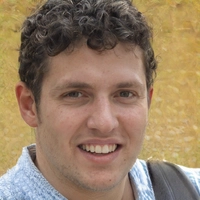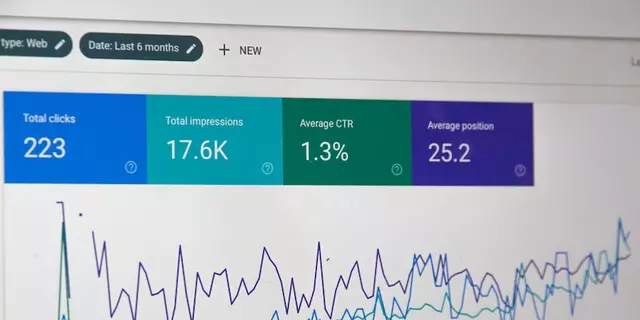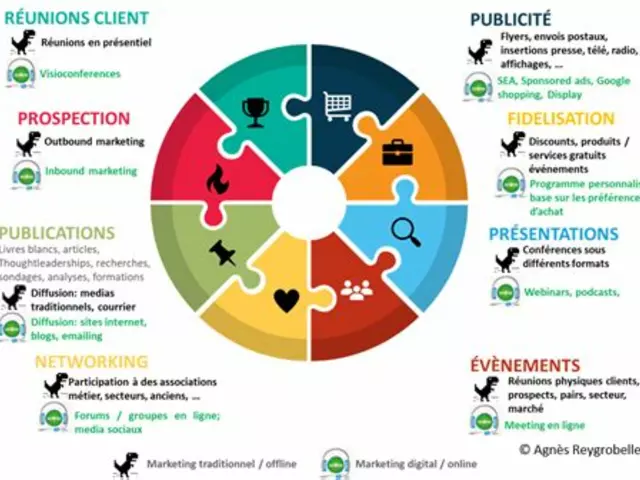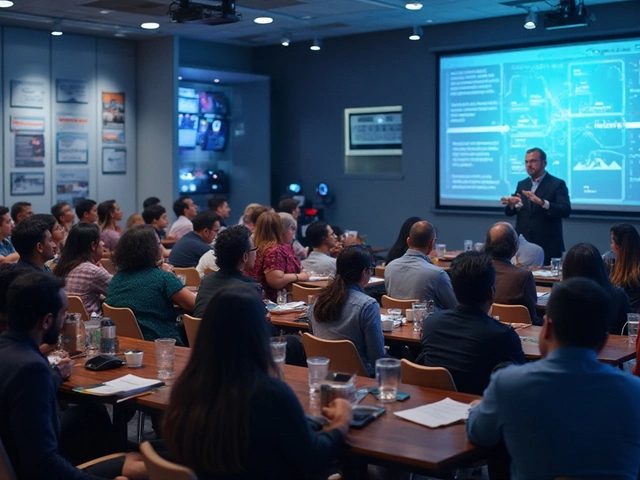When Ayodhya’s Ramlila drew 620 million viewers across 50 countries in October 2025, it didn’t just break a record—it redefined what a religious performance could be in the digital age. The spectacle, unfolding in the holy city of Ayodhya, Uttar Pradesh, became the largest live-streamed cultural event in human history, according to an official press release dated October 4, 2025. What began as a local tradition of reciting the Ramayana through drama has, under the steady hand of Yogi Adityanath, Chief Minister of Uttar Pradesh, evolved into a global spiritual broadcast watched from New York to Nairobi, Tokyo to Toronto.
A Digital Miracle on the Sarayu’s Banks
The transformation didn’t happen overnight. It started in 2020, when then-Tourism and Culture Minister Neelkanth Tiwari formally launched the modernized Ramlila with a vision: to make it not just a devotional event, but a cultural ambassador for India. Founders of the Ramlila Samiti, Subhash Malik and Shubham Malik, took that vision and ran with it—literally. They replaced oil lamps with laser projections, traditional wooden stages with 3D holograms, and local actors with over 250 film artists from Mumbai and Delhi. The result? A production so visually arresting that viewers in London reportedly called it "a Bollywood epic with a soul."
And it wasn’t just spectacle. The organizers kept the sanctity intact. Priests still chant Vedic mantras before each act. The script remains unchanged. But now, every scene is captured in 8K, streamed on 17 platforms, and subtitled in 12 languages. The inclusion of Miss Universe 2024 and Miss Universe 2025 as guest performers didn’t dilute the devotion—it attracted a new generation. "They didn’t come for the glitter," said one 19-year-old viewer from Jakarta. "They came because the story felt real."
Prime Minister Modi’s Personal Touch
For years, Prime Minister Narendra Modi has sent handwritten letters to the Ramlila Samiti before each performance—a quiet tradition that’s become as sacred as the event itself. This year’s letter, released alongside the viewer count, included a line that moved many: "The Ramayana isn’t just a tale. It’s the heartbeat of a civilization that still remembers its roots." The letters aren’t just symbolic; they’ve become a signal to the world that this isn’t merely a state-sponsored show. It’s a national affirmation.
That’s why the timing matters. As Ramlila ended on October 4, Ayodhya was already shifting gears toward its next milestone: the hoisting of a 21-foot saffron flag at the Sri Ram Mandir on November 25, 2025. President Droupadi Murmu will join Prime Minister Modi for the ceremony, marking the culmination of decades of religious and political effort. The five-day Vedic ritual leading up to it—starting November 21—will feature seers from Ayodhya and Kashi, with officials from the Sri Ram Janmabhoomi Teerth Kshetra Trust confirming construction is 99% complete.
Deepotsav 2025: A City Lit by Faith
And then there’s Deepotsav. Scheduled for late November, this festival aims to set two Guinness World Records: lighting 2.6 million diyas and conducting the largest Sarayu River aarti with 2,100 priests. That’s more priests than some small towns have people. The scale is staggering. Thirty-three thousand volunteers—mostly local women and students—have been working nonstop since September, crafting rangolis larger than basketball courts and building tableaus that depict scenes from the Ramayana in glowing, kinetic detail.
"It’s not about tourism," said Jaiveer Singh, Uttar Pradesh’s Tourism and Culture Minister, on October 18. "It’s about memory. We’re not building a spectacle. We’re rebuilding a collective soul." The event will include holographic reenactments of Lord Ram’s life, projected onto the temple’s walls, visible from miles away.
Why This Matters Beyond Religion
This isn’t just about faith. It’s about identity. Ayodhya has spent centuries as a contested symbol. Now, it’s becoming a beacon—not of division, but of shared devotion. The numbers tell one story: 620 million viewers, 33,000 volunteers, 50 countries. But the feeling on the ground tells another. Elderly pilgrims weep as they touch the temple walls. Teenagers film their first aarti on TikTok. Foreign diplomats sit quietly in the front rows, cameras off, hearts open.
"We used to say Ayodhya was the city of Ram," said temple priest Gopal Rao during a review meeting on October 9. "Now, we say Ayodhya is the city of the world’s longing."
What’s Next?
Security is being ramped up for November’s events, with over 15,000 police personnel, drone surveillance, and AI-powered crowd analytics deployed across the city. Hotels are fully booked until December. International airlines have added 87 extra flights to Lucknow and Faizabad. And the government has quietly launched a digital archive of all Ramlila performances since 2020—available in 12 languages—for global schools and cultural institutions.
The message is clear: Ayodhya isn’t just hosting events. It’s curating a legacy.
Frequently Asked Questions
How did Ayodhya’s Ramlila grow from a local event to a global phenomenon?
Under Chief Minister Yogi Adityanath’s direction, the Ramlila Samiti integrated 3D projections, professional film actors, and multilingual streaming starting in 2020. The event was promoted globally through partnerships with Indian diaspora groups and platforms like YouTube and Facebook Live. By 2025, it was broadcast in 50 countries, reaching 620 million viewers—far surpassing the previous record held by Brazil’s Carnival.
Who are Subhash Malik and Shubham Malik, and what role did they play?
Subhash Malik and Shubham Malik are the founders of the Ayodhya Ramlila Samiti. They transformed the traditional Ramlila from a 10-day street play into a technologically advanced, nationally televised spectacle. They secured funding from private donors, recruited Bollywood talent, and pioneered the use of holograms in religious performances—while ensuring every ritual remained untouched by modernization.
Why is Prime Minister Modi’s personal letter significant?
The annual letter from Prime Minister Narendra Modi to the Ramlila Samiti signals official recognition at the highest level. It’s not ceremonial—it’s strategic. It legitimizes the event as a national treasure, encourages international media coverage, and reinforces the cultural narrative tied to the Ram Mandir’s construction. Many devotees see the letter as divine endorsement.
What’s the connection between Ramlila and the Sri Ram Mandir flag hoisting on November 25?
Ramlila dramatizes Lord Ram’s life, culminating in his return to Ayodhya. The flag hoisting on November 25—Vivah Panchami—marks the symbolic completion of the Ram Mandir and the divine union of Ram and Sita. The events are spiritually linked: Ramlila prepares the faithful emotionally, while the flag ceremony completes the physical and theological journey. Both are part of a broader campaign to position Ayodhya as India’s spiritual capital.
How are locals involved in Deepotsav 2025?
Over 33,000 volunteers—mostly women, students, and retired teachers—are crafting 22 massive tableaus, arranging 2.6 million diyas, and rehearsing the Sarayu aarti. Many work 14-hour days. The government provides materials, but the labor is entirely community-driven. This isn’t a performance for tourists; it’s a collective offering, a way for ordinary people to participate in history.
What security measures are being taken for the November events?
Over 15,000 police and paramilitary personnel are deployed, with AI-powered facial recognition at entry points, drone surveillance over the temple complex, and 24/7 crowd monitoring. Emergency medical teams are stationed every 500 meters. International visitors must register online in advance. The goal: safety without stifling devotion. Authorities say they’ve modeled the plan after the Kumbh Mela but with stricter tech controls.






